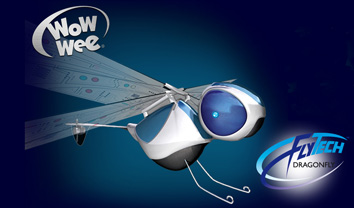Pet Interactions With Robots
Pets are drawn to robots, just like we were back in the 1930's when
Electro, a Westinghouse robot looking like
kin to Gort from "The Day the Earth Stood Still", packed the audience in the Westinghouse exhibit at the
1939 New York World's Fair.
Scientist talk about the Uncanny Valley,
introduced by Mashahiro Mori of Japan in 1970. He theorized that as robots become more lifelike, more
positive and empathetic emotion will exhibited by humans toward them, up to a point. As robots get closer
to lifelike and we can just barely distinguish they are a robot, we are repelled by them. Then, as they
get even more lifelike, we begin to accept them as humans and interact freely with them. This "valley"
in our emotional acceptance of robots is called the uncanny valley. Today, a few human robots are about
to, or have crossed the valley.
It seems to us, that our pets also a experience an uncanny valley when dealing with robots. The ones
that they cannot quite discern if are really animals or not may make them the most nervous. Pets are
attracted to robots by curiosity just as we were to Electro back in 1939. Others that move radically
(like Roboquad) may be in the uncanny valley to some pets and ilicite attacks from them. While some
that seem even more lifelike (like Pleo) may generate animal to animal responses. This is certainly
true of hawks responding to WowWee's FlyTech Dragonflys.
All the mechanical / robotic noises are probably a "giveaway" to "real" pets that this thing is not
a real animal. "Real" pets have fantastic hearing and smelling capabilities. They know animals do not
smell and sound like today's robotic pets. While humans rely more on visual cues, designers wishing
to fool "real" pets will probably have to ramp up their efforts in those arenas.
Having been around a lot of dogs, I am a bit surprised we are not seeing one familiar action.
Dogs are constantly "marking" their territory by peeing their scent on posts, fire hydrants, fences,
automobile tires, and other objects. If dogs do not think cars are alive, know they are likely to move,
and still pee on their tires, why do we not see dogs peeing on robotic pets, especially when the robot is
still? Perhaps because most of these interactions occur inside and the dogs have been housebroken?
Another common tendency "real" dog owners observe is male dogs trying to "mount" other dogs. We are
not seeing videos of this, which is another sign "real" dogs are not thinking robotic dogs are
alive.
Many videos showing "real" dogs barking at robot dogs are of puppies or young dogs. Young dogs tend
to be more curious and active. Older dogs are probably more accepting of robot dogs or just don't care
as long as the robot does not bother them or eat their food.



